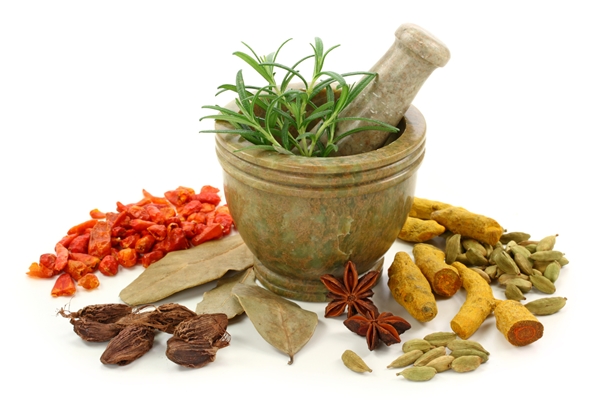
After long months of scorching heat, finally monsoon is here and it is time to enjoy and splash some water. Although most of us are concerned about how to maintain our hair and skin during monsoon, rains work as the breeding ground for various kinds of viruses and bacteria that increases the occurrences of influenza, flu, colds and fever and taking over the counter pills and antibiotics is not always the best option as antibiotics often do more harm than good. Therefore, it is best to stick to age old grandmother’s home remedies that actually help in curing the diseases without taking a heavy toll on the body.
Let's take a look at top 10 best natural home remedies for Cold and Fever:
1. Garlic
When it comes to fighting cold and fevers the natural way, there is probably no better medicine than garlic. Well known for its anti-bacterial, anti-fungal, anti-viral and anti-protozoal properties, it helps in relieving stubborn coughs and clearing mucus that blocks the lungs. The anti-viral and anti-bacterial property of garlic is attributed to the compound “Allicin” found in it that also provides the hot and strong flavor. The best way to use garlic for treating colds is to crush 5-6 cloves and consume it raw. But it can also be consumed mixed with a cup of yogurt. In addition to all this, garlic also helps in lowering high blood pressure, cholesterol and reducing the chances of heart attack and stroke.
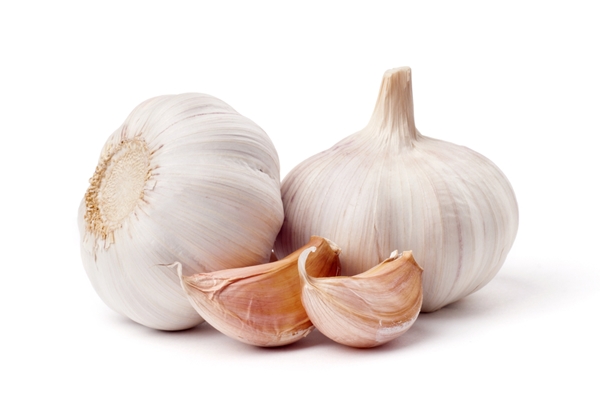
2. Ginger
Ginger has antimicrobial, anti-inflammatory, antioxidant, and pain relieving properties. Ginger has long been used by Ayurveda (originated from India 3,000 years ago) and Traditional Chinese Medicine (older than 2,000 years) – two of the oldest medical systems in the world. According to Ayurvedic medicine, ginger has the power to boost the immune system, warm the body, and rid the lungs and sinuses of toxins. Ginger has the ability to treat respiratory illnesses such as coughs, upper respiratory infections, and asthma. Western medicine has also recently shown links between ginger and asthma relief. The aroma of ginger is also pleasant enough to soothe the body and aid in digestion. Because of this, ginger is also great to keep handy for anyone who easily gets nauseous.

3. Cinnamon
Cinnamon comes from the bark of small trees found in Asia and the Middle East. Is it one of the oldest spices known today. It has been used by the ancient Egyptians as medicine and was considered more precious than gold. Although most people only think of cinnamon as a sweet holiday spice, it is actually packed with nutrients – manganese, calcium, and fiber. Some of the benefits of this spice include: antimicrobial and anti-inflammatory properties, controls blood sugar, improves colon health, protects against heart disease, and boosts brain function. Another benefit of this herb is that it is naturally sweet and low in calories! The best way to use cinnamon for treating cold and sore throat is to mix one table spoon of honey with 1/2 table spoon of freshly ground cinnamon and take it 2-3 times a day for 3 days.

4. Honey
Honey mixed in tea or taken on its own is a common household remedy for a sore throat. One study found that honey was even more effective at taming nighttime coughs than common cough suppressants. Other research shows that honey is an effective wound healer, which means it may help speed healing for sore throats. The best way to use it for relieving cough is to mix 1 tablespoon of honey and 1 table spoon of lemon juice in a cup of warm water and sip it slowly.
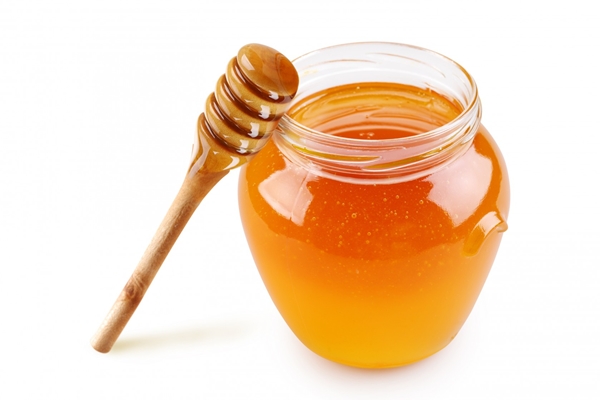
5. Hot Cayenne Pepper
Often used as a pain reliever, cayenne pepper contains capsaicin, a natural compound known for blocking pain receptors. Although not scientifically proven, ingesting cayenne mixed with warm water and honey can help with pain relief for sore throats. Remember that an initial burning sensation is common. Cayenne should not be taken if you have open sores in your mouth. Start with just a few drops of hot sauce or a light sprinkle of cayenne, as both can be very hot. The best way to use cayenne pepper for treating colds and fever is to mix it in tea with a table spoon of honey. Pour boiling water in a cup and dip a tea bag into it, mix a table spoon of honey and 1/2 tea spoon of dry cayenne pepper powder and sip slowly.
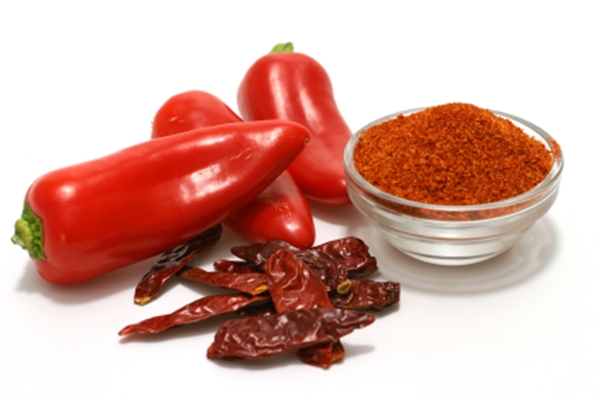
6. Lemons and Oranges
Vitamin C is a universally accepted remedy for common colds and the best natural source of vitamin C is citrus fruits like oranges and lemons that are loaded with this health benefiting nutrient that improves the body’s natural defense mechanism and fight virus and bacteria. Lemon helps in thinning mucus, reducing phlegm and clearing the chocked respiratory system. Enjoy a glass of fresh homemade orange juice or a nice warm drink prepared by mixing 2 table spoon of lemon juice and 1 table spoon of honey in a glass of warm water. In addition, lemon also helps in improving digestion and acts as an effective natural remedy for removing sun tan.
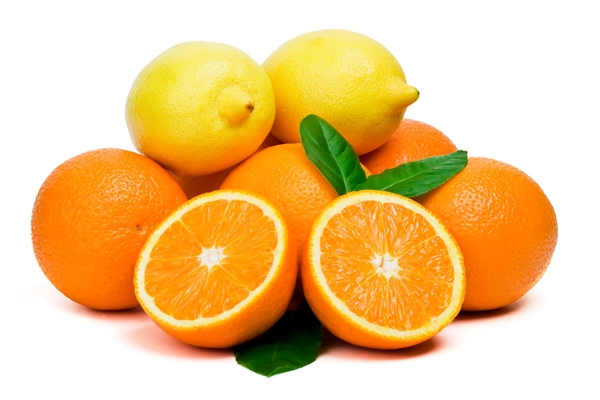
7. Herbal and Green Tea
Green tea has six different kinds of antioxidants that differ based on which part of the plant it comes from (stems, bud, leaf). The distinctive mix of antioxidants make this tea an effective antiviral drink. Some compounds that make this tea great are chlorophyll (blood cleanser), and a super antioxidant mix – Epigallocatechin Gallate (EGCG), flavonoids and catechins (reduces free radicals), theophylline (opens up the airway), and L-theanine (boosts energy and decreases anxiety and depression). Overall, green tea is great for your health and immune system. Green tea is also great for improving brain function, increasing metabolism and physical performance, lowering risk of cancer and dementia, killing bacteria, improving dental health, and maintaining blood sugars.
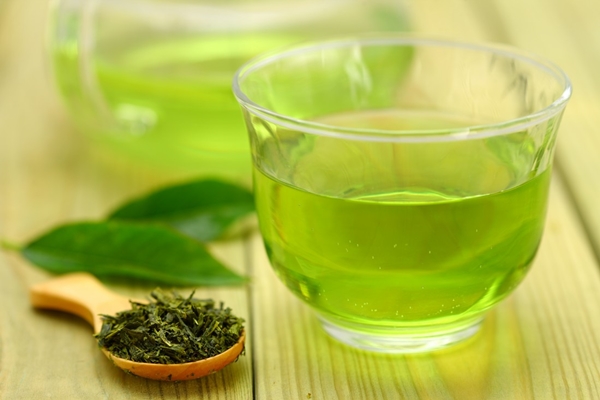
8. Holy Basil
Holy Basil or “Tulsi” is of great religious significance to the Hindus and has been used for ages as a medicine for relieving stress and anxiety in Ayurveda. The leaves of basil have powerful anti-bacterial, anti-fungal and anti-inflammatory properties that work effectively for the treatment of fever, flu, swine flu, bronchitis, malaria, headache and sore throat. The herbs help in clearing phlegm and unclogging the respiratory system. It also works as an effective natural remedy for arthritis. The best way to sue holy basil for colds is to wash and boil 8-10 leaves with tea and sip it slowly.

9. Night Jasmine
The leaves or Night Jasmine or “Shiuli” are works as an effective natural remedy for colds, sore throat and chronic cough. The compounds Mannitol, Oleanolic acid and Tannic acid found in the leaves have powerful anti-viral properties that helps in fighting disease causing viruses and bacteria and treat bronchitis, sore throat and fever blisters. It also acts as a powerful natural remedy for hair growth and treatment for dengue, rheumatism and skin infections. The best way to use night jasmine leaves for treating colds is to crush 5-8 leaves, extract the juice and consume it mixed with a tea spoon of honey.

10. Turmeric
Turmeric is one of the most studied spices on this planet. The main ingredient in turmeric is curcumin. Curcumin is treasured for its disease preventing and tumor fighting abilities. Numerous studies have also shown turmeric to be great at improving heart health, expediting wound healing (while reducing scar tissue), relieving arthritis inflammation, reducing risks of Alzheimer’s Disease, decreasing symptoms of allergies, defending against depression, rebuilding muscle tissue, and treating gastric disorders. It is even a great and natural teeth whitener. Due to its anti-inflammatory and antioxidant properties, turmeric, in addition to honey, have been widely used to treat the common cold, coughs, headaches, sore throats, and congestion. The best way to use turmeric for treating cold is to consume 2 tea spoons of turmeric powder mixed with a glass of warm water.



